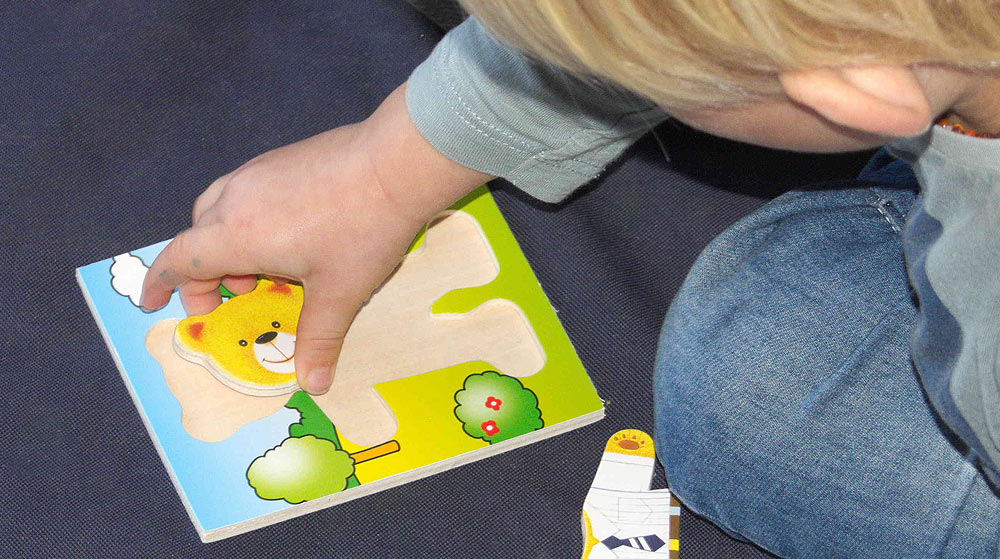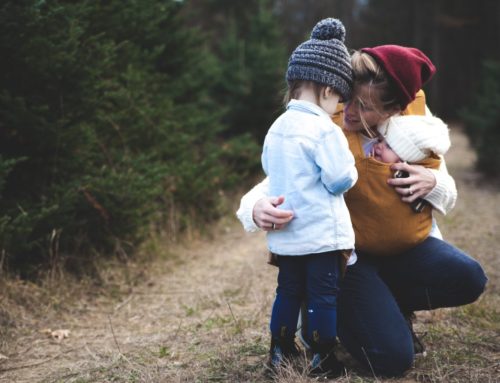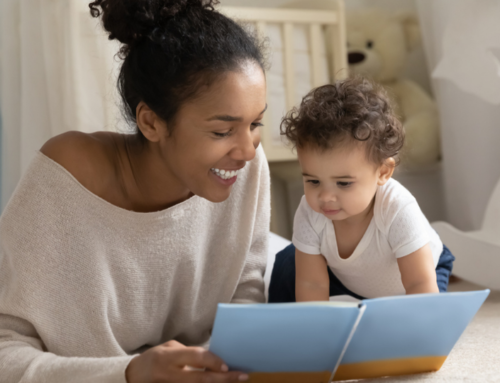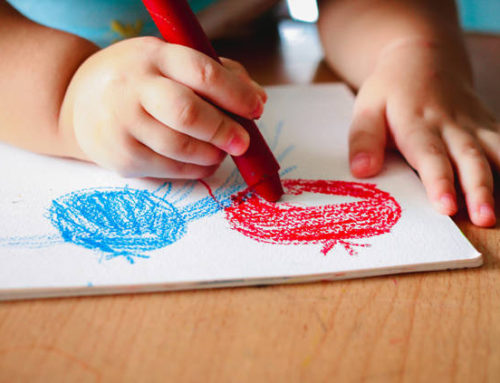Fine motor development
Learning to write, cut and dress oneself are major milestones in a child’s life, but how do those little fingers go from involuntarily grasping something as a baby, to skillfully performing these tasks? The short answer: They need to develop fine motor skills.
Fine motor skills are the small coordinated movements of the hands and fingers that allow us to pick up and manipulate objects. They form a big part of our ability to function independently and are essential for writing and cutting, amongst other things.
Your baby’s fine motor skills start to develop as early as 11 weeks after conception! The Palmar Grasp Reflex can be seen in ultrasounds where the fetus is holding onto the umbilical cord. This reflex is stimulated when the palm of the hand is stroked or touched. It causes the fingers (excluding the thumb) to close into a fist in an attempt to grasp whatever is in their hand. This automatic reflex usually disappears when the baby is 2-3 months old.
Next your baby will learn to swipe at objects voluntarily by moving their arm firstly at the shoulder then the elbow, the wrist and finally the fingers as they progressively gain more control of their movements. This progress is encouraged through crawling as the baby’s hands receive input while crawling which encourages the development of the small muscles in the hand.
When your baby is roughly 4-5 months old, they will start to reach for objects voluntarily. They develop what is called the Crude Palmar Grasp. This involves using the little finger side of the hand to pick objects up and does not involve the use of the thumb. As they develop they will start to pick up and hold objects in the middle of their palm (Palmar Grasp) and then progress to use the thumb side of their palm. At about 6-7 months old, they start to use their thumb to hold things in their hand (Radial Palmar Grasp).
With lots of practice, those little hands then progress from utilizing all of their fingers to pick up an object to using only the precise movements of 2 or 3 fingers, such as the Pincer Grasp which uses the forefinger and thumb. Writing utilizes the tripod grasp; middle finger, forefinger and thumb.
Your baby will also learn how to manipulate objects in their hand, from rotating an object (e.g. flipping a pencil from the writing side to the rubber side to erase a word) to moving and repositioning an object in order to use it better (e.g. moving coins from the palm of your hand to your fingertips in order to pay for your parking at the machine).
Another skill that they need to learn, is to get both hands to work together, this is called bilateral coordination and is needed in activities such as threading beads, cutting, writing and tying shoelaces. An additional skill that is important for your child to master in order to do these activities is eye-hand coordination. This is the skill which involves the hands and eyes guiding each other and working together in smooth cooperation.
All of these skills are developed through exposure, opportunity, repetition and practice, chiefly done through play. It is therefore important to create play opportunities where your child can practice and master these fine motor skills.
Below are some activities which encourage the development of fine motor skills (progressing from easy to more advanced activities):
- Stacking blocks
- Posting games
- Playing with play dough
- Threading and lacing activities
- Zipping and fastening buttons on clothes
- Opening and closing containers
- Scribbling, colouring and drawing
- Cutting (at an age appropriate level) and gluing
- Tying shoelaces
- Dressing a doll
Useful links for activities to improve fine motor skills:
http://handsonaswegrow.com/30-fine-motor-activities-toddlers/
http://www.growingajeweledrose.com/2013/04/fine-motor-activities-for-kids.html
Written by Amy Wright






